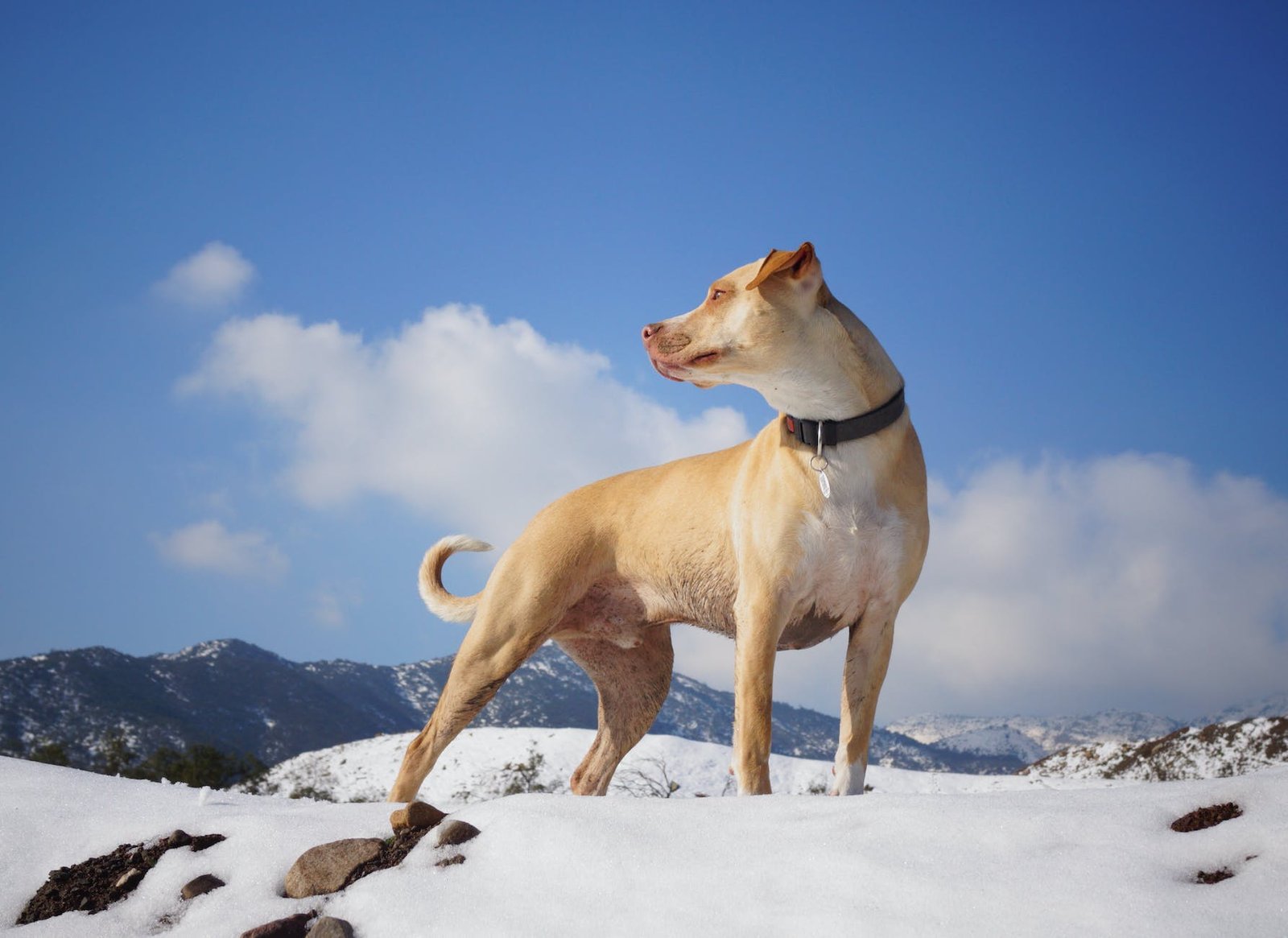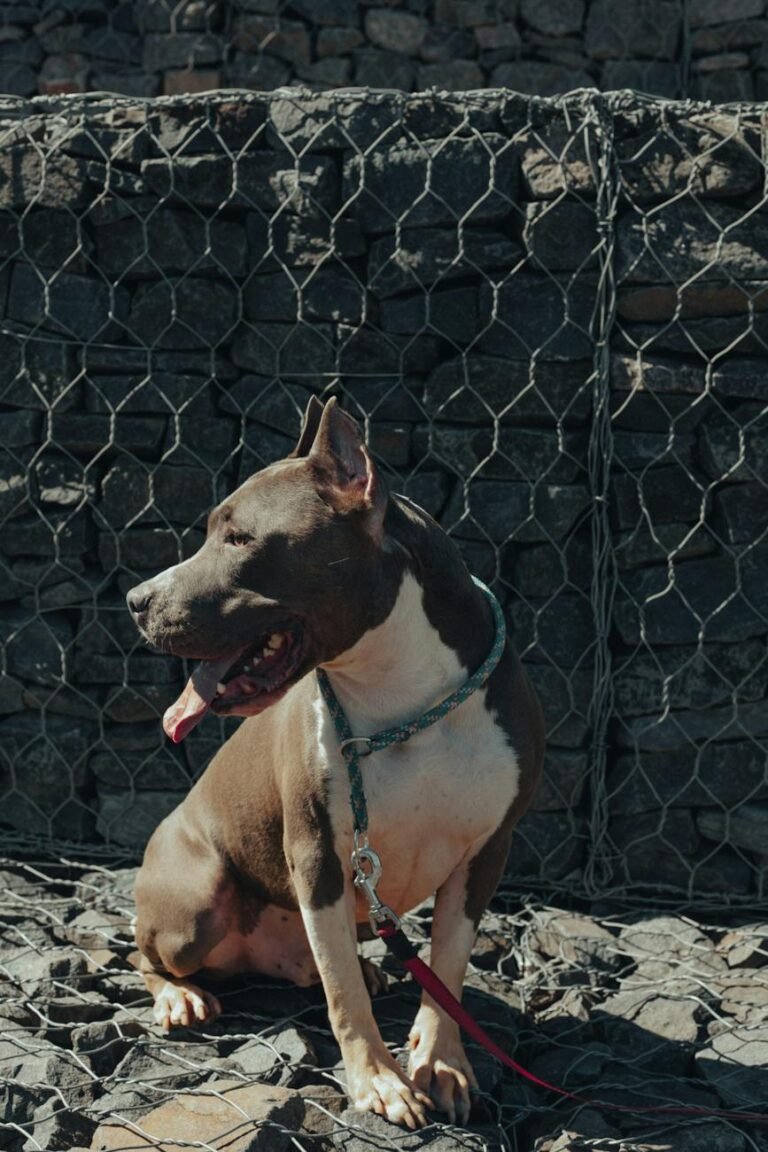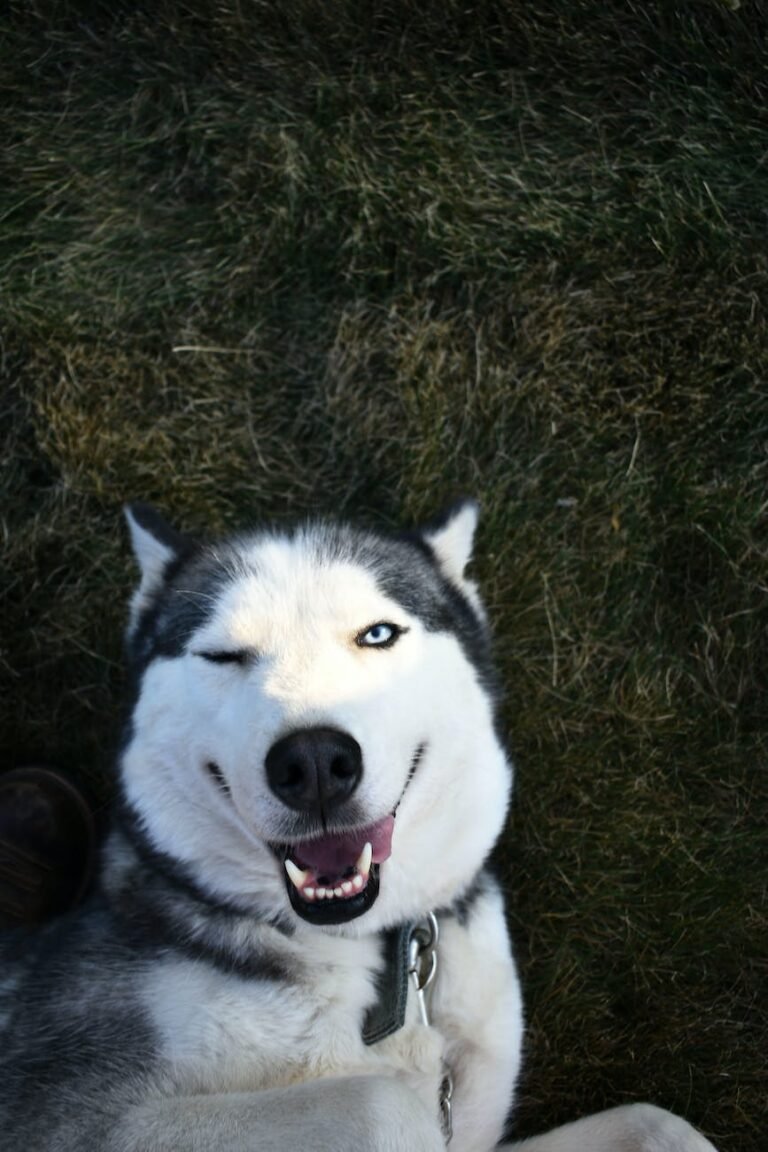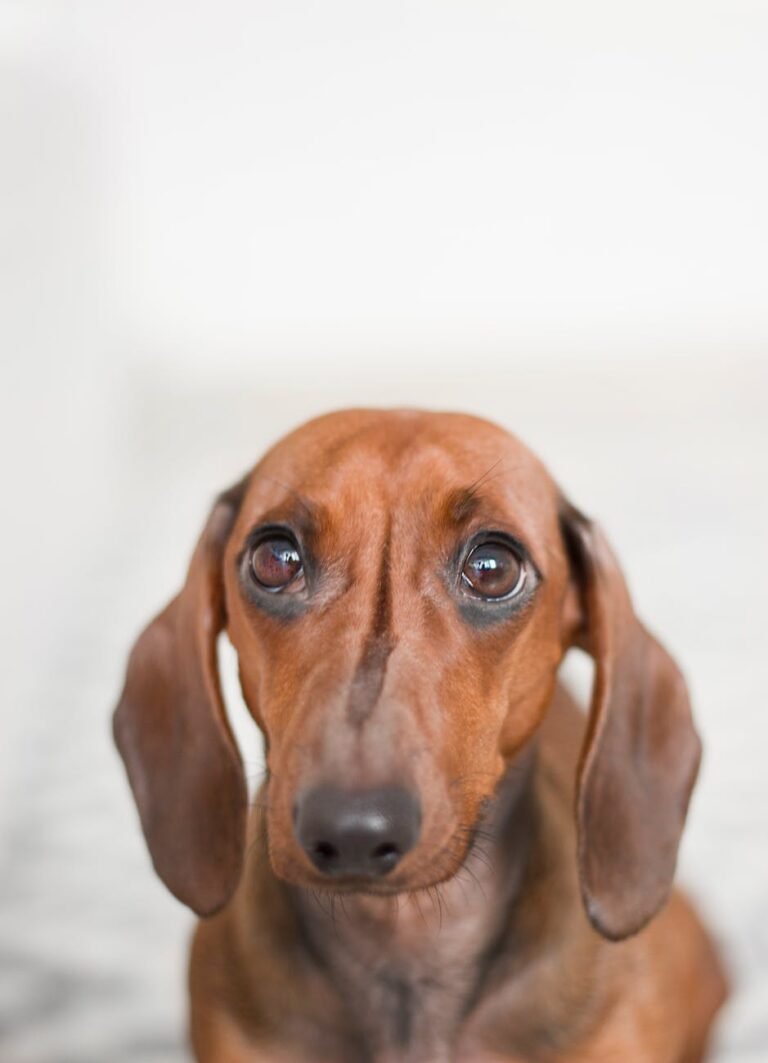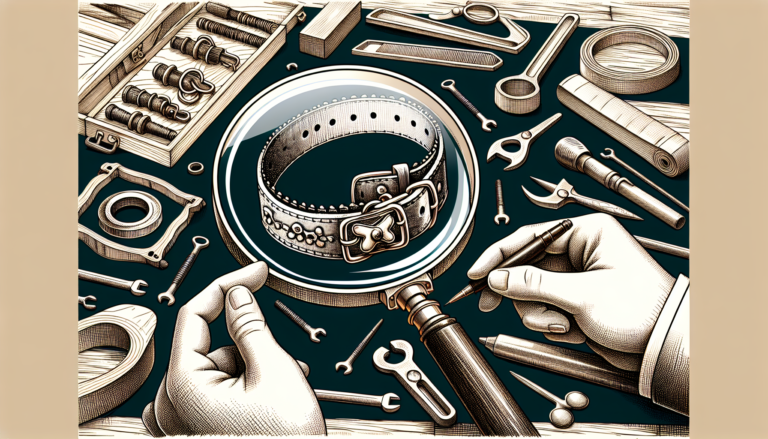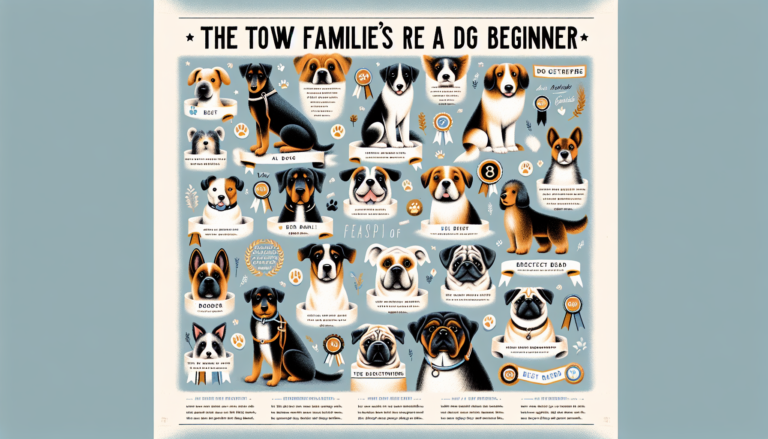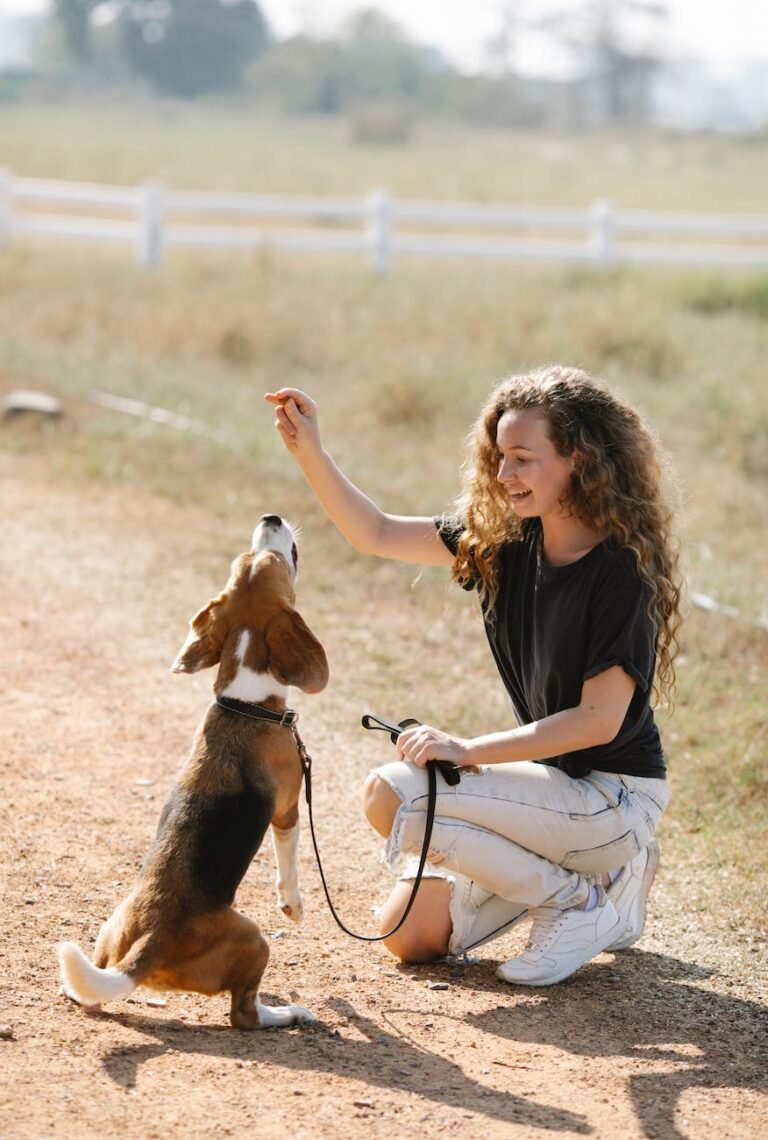Discover Your Perfect Companion: Top Low Maintenance Dog Breeds
Finding the Right Dog Breed for Your Lifestyle
When it comes to finding the perfect dog breed to fit your lifestyle, it’s important to assess your own needs and consider various factors. By taking these steps, you can ensure that you choose a dog breed that will thrive in your home and be a compatible companion.
Assessing Your Lifestyle and Needs
To begin your search for the ideal dog breed, it’s essential to assess your own lifestyle and needs. Consider the following factors:
-
Activity Level: Determine how active you are and how much time you can commit to exercising and playing with your dog. Some breeds require more exercise and mental stimulation than others.
-
Living Environment: Take into account your living situation, whether you reside in an apartment, a house with a yard, or a rural area. Certain breeds are better suited for smaller living spaces, while others thrive in larger environments.
-
Family Dynamics: Consider the composition of your household. If you have children or other pets, you’ll want to choose a breed that is known to be friendly and compatible with them. Check out our article on best dog breeds for families for more information.
-
Allergies: If you or a family member has allergies, you may want to explore hypoallergenic dog breeds that produce fewer allergens. Visit our article on hypoallergenic dog breeds for more details.
-
Time Commitment: Consider the amount of time you can dedicate to training, grooming, and general care for your dog. Some breeds require more attention and maintenance than others.
Factors to Consider When Choosing a Dog Breed
Once you’ve assessed your lifestyle and needs, there are several additional factors to consider when choosing a dog breed:
-
Size: Determine what size dog would be the best fit for your home and lifestyle. Smaller breeds may be more suitable for apartments or houses with limited space, while larger breeds may require more room to roam.
-
Temperament: Research different breed temperaments to find a dog that matches your personality and lifestyle. Some breeds are known for being energetic and playful, while others are more laid-back and calm.
-
Grooming Needs: Take into account the amount of grooming a particular breed requires. Some breeds have low maintenance coats that require minimal brushing and shedding, while others may require regular brushing and professional grooming.
-
Training Requirements: Consider the level of training and socialization a breed may need. Some breeds are easier to train and are more adaptable to various environments, while others may require more patience and consistent training.
By considering these factors and thoroughly researching different breeds, you can find a dog that aligns with your lifestyle, ensuring a harmonious and fulfilling relationship. Remember to always take into account the unique characteristics and needs of each breed to make an informed decision.
In the next section, we will explore a variety of low maintenance dog breeds that may be a good fit for individuals seeking a companion that requires minimal care and grooming.
Low Maintenance Dog Breeds
If you’re looking for a furry companion that requires minimal maintenance, there are several low maintenance dog breeds to consider. These breeds are known for their easy care needs, making them great options for individuals with busy lifestyles. Here are some low maintenance dog breeds that may be the perfect match for you:
Chihuahua: Small Size, Minimal Grooming
The Chihuahua is a low-maintenance dog breed that requires minimal grooming due to its short coat and low shedding. Their small size also means they require less exercise compared to larger breeds. With their compact and portable nature, Chihuahuas can easily adapt to apartment living or smaller spaces.
Dalmatian: Short Coat, Easy Grooming
The Dalmatian is another low-maintenance dog breed that has a short coat, which requires minimal grooming. However, it’s important to note that Dalmatians do require regular exercise to prevent boredom and destructive behavior. They are energetic dogs and thrive in homes with active owners who can provide them with ample exercise and mental stimulation.
Basenji: Barkless and Low-Maintenance
The Basenji is a low maintenance dog breed that is known for its clean and odorless coat. They have a short, fine coat that requires minimal grooming. Additionally, Basenjis are unique in that they are often considered a “barkless” breed, making them suitable for individuals who prefer a quieter living environment.
Italian Greyhound: Minimal Exercise and Grooming
The Italian Greyhound is a low maintenance dog breed that requires minimal exercise and grooming. They have a short, sleek coat that requires occasional brushing to keep it looking its best. Italian Greyhounds are generally calm and gentle, making them great companions for individuals looking for a laid-back and low-maintenance breed.
Boston Terrier: Short Coat, Easy Care
The Boston Terrier is a low maintenance dog breed with a short coat that only requires occasional brushing. They are known for their friendly and affectionate nature, making them excellent family pets. Boston Terriers are adaptable and can thrive in various living situations, including apartments or homes with limited outdoor space.
Basset Hound: Low-Maintenance with Short Coat
The Basset Hound is a low maintenance dog breed that boasts a short coat, which requires minimal grooming. They are known for their laid-back and easygoing nature. While Basset Hounds may have a slower pace, they still require regular exercise to maintain a healthy weight and prevent certain health issues associated with obesity.
Greyhound: Low-Shedding and Easy Grooming
The Greyhound is a low-shedding dog breed that requires minimal grooming. Despite their athletic build, Greyhounds are often couch potatoes and are content with a moderate amount of exercise. Due to their thin coat, they may need some extra warmth in colder climates.
When considering a low maintenance dog breed, it’s important to remember that all dogs require basic care, including regular exercise, proper nutrition, and routine veterinary check-ups. However, these low maintenance breeds generally have fewer grooming needs and may be better suited for individuals seeking a dog with less demanding care requirements. Always take the time to research and understand the specific needs of the breed before making a decision to ensure a compatible match for your lifestyle.
Exercise Needs and Considerations
When choosing a dog breed, it’s important to consider their exercise needs and match them to your lifestyle. Different breeds have varying energy levels and exercise requirements. Understanding these factors will help ensure that you can provide your furry companion with the appropriate amount of physical activity. Let’s explore some key considerations when it comes to exercise needs for dogs.
Matching Exercise Needs to Your Lifestyle
To keep your dog healthy and happy, it’s essential to match their exercise needs to your lifestyle. Assess your own activity level and availability to determine what type and amount of exercise you can provide. Remember, regular exercise not only helps maintain your dog’s physical well-being but also contributes to their mental stimulation and overall behavior.
Low Exercise Tolerance Breeds
Some breeds have lower exercise tolerance due to various factors, such as their size or specific health concerns. Flat-faced breeds like Pugs, Bulldogs, and Shih Tzus have breathing constraints that limit their exercise capacity. Additionally, extreme caution should be taken with these breeds in hot weather due to their susceptibility to heat-related issues. It’s important to be mindful of these considerations when selecting a breed and adapting their exercise routine accordingly.
Toy and Small Breeds Exercise Recommendations
Toy and small breeds are best suited to smaller amounts of exercise throughout the day. While they may not require long walks or intense activities, they still benefit from regular physical activity to maintain their health and prevent weight gain. Short walks, interactive play sessions, and mentally stimulating games are ideal for these breeds. Be sure to provide them with enough exercise to keep them physically and mentally engaged.
High-Energy Breeds Exercise Recommendations
On the other end of the spectrum, high-energy breeds require more vigorous exercise to meet their needs. These breeds thrive on physical activity and mental stimulation. They benefit from at least 60 to 90 minutes of vigorous exercise each day. Activities such as running, jogging, playing fetch, or participating in dog sports can help burn off their excess energy. Providing them with opportunities for mental stimulation, such as puzzle toys or obedience training, can also help keep them engaged and satisfied.
Large and Giant Breeds Exercise Recommendations
Large and giant breeds have specific exercise considerations due to their size and potential joint and hip issues. It’s important to engage these breeds in low-impact exercises to minimize stress on their joints. Brief hikes, swimming sessions, and controlled fetch sessions can be beneficial. Avoid excessive jumping or activities that put excessive strain on their growing bodies. Consulting with a veterinarian can provide insights into appropriate exercise routines for large and giant breeds.
Understanding the exercise needs of different breeds will help you make an informed decision when choosing a dog that suits your lifestyle. Remember to consider your own activity level, the amount of time you can dedicate to exercise, and the specific needs of the breed you are considering. Regular exercise is an essential component of responsible dog ownership and contributes to the overall well-being of your furry friend.
Health and Longevity
When choosing a dog breed, the health and longevity of the breed are important factors to consider. Ensuring that your furry companion is healthy and lives a long, happy life is a priority for any dog owner. In this section, we will explore the healthiest dog breeds and provide considerations for lifespan and health.
Healthiest Dog Breeds
Some dog breeds are known for their overall good health and longevity. These breeds tend to have fewer health issues compared to others. Here are a few examples of the healthiest dog breeds:
| Dog Breed | Health Considerations |
|---|---|
| Australian Cattle Dog | Known for their intelligence, work ethic, and stamina. They are one of the healthiest dogs and don’t face many health issues (PetMD). |
| Chihuahua | Despite their small size, Chihuahuas have a long lifespan and are generally healthy. They are loyal, energetic, and have plenty of smarts (PetMD). |
| Poodle | Poodles are known for their intelligence and versatility. They make wonderful pets and tend to have only minor health issues as they age. Regular grooming is important to keep their coat healthy (PetMD). |
| Beagle | Beagles are generally healthy dogs but benefit from scent training and a controlled diet to prevent overeating. They are loving and affectionate pets (PetMD). |
| Old English Sheepdog | With an average lifespan of 10-12 years, the Old English Sheepdog is a healthy breed that is not prone to many ailments. They are gentle, well-behaved, and affectionate pets (PetMD). |
Lifespan and Health Considerations
The lifespan of a dog breed can vary significantly. Smaller dog breeds tend to have longer lifespans compared to larger breeds. However, it’s important to note that individual factors such as genetics, diet, exercise, and overall care can also influence a dog’s lifespan.
When considering the lifespan of a particular breed, it’s essential to be aware of potential health issues that are common in that breed. Some breeds may have a predisposition to certain genetic conditions, while others may be prone to joint problems or allergies. Understanding these health considerations can help you provide the necessary care and attention to keep your dog healthy and happy.
Regular veterinary check-ups, a balanced diet, exercise, and proper grooming are crucial for maintaining your dog’s health. Additionally, certain breeds may require specific healthcare routines or screenings based on their breed-specific health concerns. Consulting with a veterinarian who has experience with the breed you choose can provide valuable guidance and ensure that you are well-prepared to address any potential health issues.
By considering the healthiest dog breeds and understanding the lifespan and health considerations of different breeds, you can make an informed decision when choosing a furry companion. Remember, providing proper care, attention, and a loving environment are key factors in promoting the health and longevity of your canine friend.
Low-Shedding and Hypoallergenic Breeds
For individuals who prefer a low-maintenance dog with minimal shedding and hypoallergenic qualities, there are several breeds that fit the bill. These breeds are known for their low-shedding coats and are suitable for individuals with allergies or those who prefer a cleaner living environment. Let’s explore some of these low-shedding and hypoallergenic breeds:
Basenji: Low Shedding and Minimal Grooming
The Basenji is a low-shedding dog breed that has a short, smooth coat, which requires minimal grooming. They are known for their unique yodel-like vocalization and are considered one of the oldest dog breeds. Basenjis are intelligent, energetic, and make great companions for active individuals or families. Their short coat is easy to maintain and brushing them occasionally helps keep their coat in good condition. For more information on Basenjis and other low-shedding breeds, visit our article on hypoallergenic dog breeds.
Bichon Frise: Hypoallergenic and Minimal Shedding
The Bichon Frise is a small dog breed that is considered hypoallergenic and doesn’t shed much. They have a curly, fluffy coat that requires regular brushing to prevent matting. Bichon Frises are cheerful, affectionate, and thrive on human companionship. They are well-suited for families and individuals looking for a small, low-shedding companion. To learn more about Bichon Frises and other family-friendly breeds, visit our article on best dog breeds for families.
Chinese Crested: Hairless and Allergy-Friendly
The Chinese Crested is a unique and hairless dog breed that is perfect for allergy sufferers. They don’t shed, making them a great choice for individuals with allergies or those who prefer a dog with minimal hair. However, it’s important to note that the hairless variety of Chinese Crested requires regular care to keep their skin healthy. Regular moisturizing and sun protection are necessary to prevent skin issues. For more information on Chinese Cresteds and other low-shedding breeds, visit our article on hypoallergenic dog breeds.
Dachshund: Low-Maintenance and Friendly
The Dachshund is a low-maintenance dog breed that requires minimal grooming. They have a friendly and playful personality, making them a popular choice for families and individuals alike. Dachshunds come in different coat varieties, including smooth, wirehaired, and longhaired. While the smooth-coated Dachshunds are the easiest to maintain, all varieties have relatively low grooming requirements. Regular brushing and occasional baths are usually sufficient to keep their coats in good condition. To explore more low-maintenance breeds and their characteristics, visit our article on easy-to-train dog breeds.
Italian Greyhound: Low-Shedding and Easy Care
The Italian Greyhound is a low-shedding dog breed that has a short, fine coat. They are known for their sleek and elegant appearance. Italian Greyhounds are gentle, affectionate, and make great companions. Due to their short coat, they don’t require much grooming and are relatively low maintenance. Occasional brushing and regular dental care are usually sufficient to keep them looking their best. For more information on Italian Greyhounds and other low-shedding breeds, visit our article on hypoallergenic dog breeds.
Shih Tzu: Minimal Shedding and Grooming
The Shih Tzu is a small dog breed that doesn’t shed much. They have a long, flowing coat that requires regular brushing and grooming to prevent matting. Shih Tzus are known for their friendly and outgoing nature, making them great companions and family pets. Despite their luxurious coat, their grooming needs can be managed with regular brushing and occasional professional grooming sessions. To explore more low-shedding breeds and their characteristics, visit our article on hypoallergenic dog breeds.
When choosing a low-shedding and hypoallergenic breed, it’s important to consider factors such as exercise needs, temperament, and compatibility with your lifestyle. Each breed has its own unique characteristics, and finding the right match for you and your family is crucial. Take the time to research and learn about different breeds to ensure a long and happy companionship.
Final Thoughts and Choosing the Right Match
When it comes to finding the perfect low maintenance dog breed for your lifestyle, there are a variety of options to consider. By assessing your needs and preferences, you can narrow down your choices to find the ideal companion. Remember, owning a dog is a long-term commitment, so it’s important to choose a breed that fits well with your lifestyle and can receive the care and attention it needs.
Consider the following factors as you make your decision:
-
Activity Level: If you prefer a more laid-back lifestyle, consider low exercise tolerance breeds such as the Chihuahua, Dachshund, or Basset Hound. These breeds require minimal exercise and are content with short walks or indoor playtime. On the other hand, if you lead an active lifestyle and enjoy outdoor activities, high-energy breeds like the Greyhound or Dalmatian may be a better fit.
-
Grooming Requirements: Some low maintenance breeds have short coats that require minimal grooming, such as the Boston Terrier and Greyhound. These breeds have coats that are easy to care for and do not require frequent brushing or extensive grooming. If you’re looking for a breed that sheds less and requires minimal grooming, consider options like the Basenji, Bichon Frise, or Chinese Crested.
-
Living Arrangements: If you live in an apartment or have limited space, small breeds like the Chihuahua or Italian Greyhound are well-suited for apartment living (HGTV). They are compact in size and can adapt well to smaller living spaces. However, larger breeds like the Greyhound or Dalmatian can also adapt to apartment living if provided with regular exercise and mental stimulation (HGTV).
-
Allergies: If you or someone in your household has allergies, hypoallergenic breeds like the Bichon Frise or Chinese Crested are a great option. These breeds produce fewer allergens and are less likely to trigger allergic reactions (Daily Paws). However, it’s important to note that no dog breed is completely hypoallergenic, and individual reactions may still vary.
By considering these factors and researching specific breeds, you can find the right match for you and your lifestyle. It’s also helpful to consult with breeders, veterinarians, or experienced dog owners to gather more information about the breed you’re interested in. Additionally, don’t forget to check out our other resources for more information on different dog breeds and their suitability for various lifestyles.
Remember, every dog is unique, and individual personalities can vary within a breed. It’s essential to spend time with the dog before making a final decision to ensure compatibility and a good fit. By taking the time to choose the right low maintenance dog breed, you can enjoy a wonderful companionship that brings joy and fulfillment to your life.

